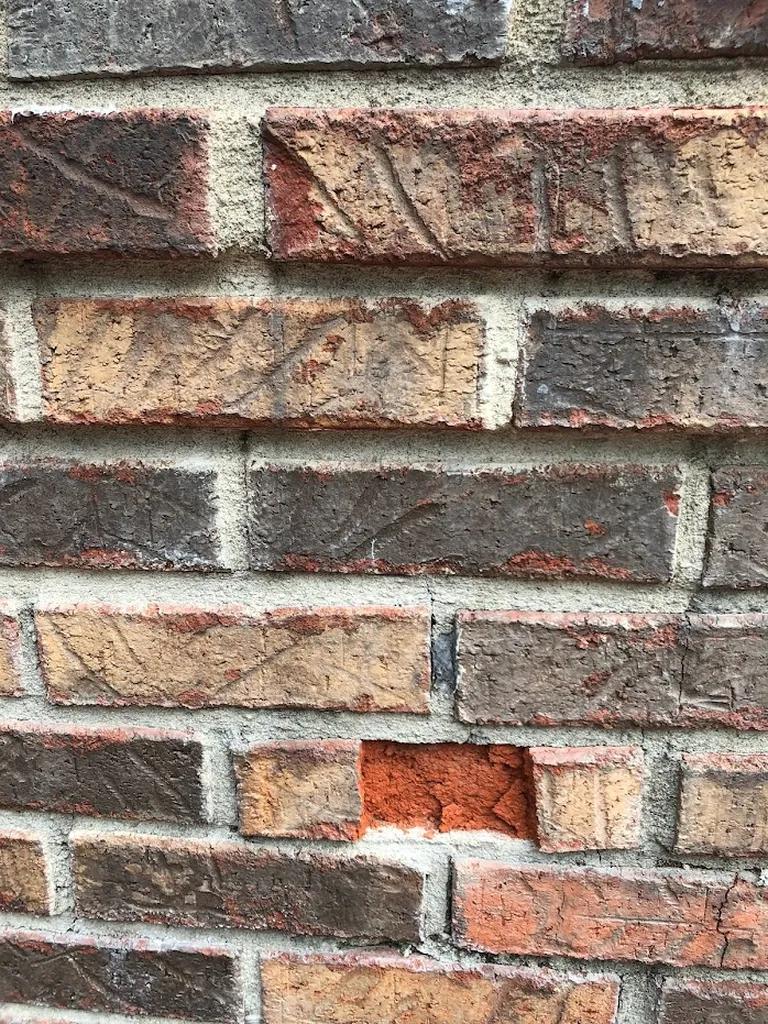Chimneys are an essential component of many homes in Missouri, serving as a ventilation system for fireplaces and heating appliances. However, heavy rainfall can often find its way into chimneys, causing damage and potential safety hazards. In this article, we will explore effective strategies for preventing Missouri rain from entering chimneys, ensuring the longevity and efficiency of these vital structures.
Table of Contents
- Identifying Common Entry Points for Rain
- Sealing Chimney Caps and Flashing
- Utilizing Waterproofing Sealant on Masonry
- Regular Inspection and Maintenance Protocols
- Q&A
- Final Thoughts

Identifying Common Entry Points for Rain
Identifying the common entry points for rain can help prevent water damage and leaks in your chimney. One of the most common ways rain can enter a chimney is through a damaged or missing chimney cap. A chimney cap is a metal or masonry cover that sits on top of the chimney to prevent rain, animals, and debris from entering.
Another common entry point for rain is through damaged chimney flashing. Chimney flashing is the metal sheeting that surrounds the base of the chimney where it meets the roof. If the flashing is damaged or incorrectly installed, rainwater can seep into the chimney and cause leaks. Regularly inspecting and maintaining your chimney cap and flashing can help prevent rain from entering your chimney and causing costly water damage.

Sealing Chimney Caps and Flashing
One of the most common issues homeowners face in Missouri is rainwater entering their chimneys. To prevent this from happening, it is essential to properly seal chimney caps and flashing. Chimney caps are designed to keep moisture out of the chimney, while flashing creates a waterproof barrier between the chimney and the roof.
When sealing chimney caps, make sure to use a high-quality sealant that is designed for the specific material of your chimney cap. Inspect the cap regularly for any signs of wear or damage, and reseal as needed. Additionally, check the flashing around the base of the chimney for any gaps or cracks, and seal them promptly to prevent water infiltration. By maintaining a watertight seal on your chimney caps and flashing, you can protect your home from costly water damage and extend the life of your chimney.

Utilizing Waterproofing Sealant on Masonry
When it comes to protecting your chimney from the heavy rain that Missouri often experiences, is a crucial step. By properly sealing your chimney with a quality waterproofing sealant, you can prevent water from seeping into the bricks and causing damage over time.
One of the key benefits of using a waterproofing sealant on masonry is that it helps to extend the lifespan of your chimney by preventing water damage. In addition, a properly sealed chimney can also improve energy efficiency by keeping out moisture that can lead to mold and mildew growth. By investing in a waterproofing sealant for your chimney, you can protect your home and ensure that it stays in top condition for years to come.

Regular Inspection and Maintenance Protocols
One of the biggest challenges homeowners in Missouri face is rain entering their chimneys. To prevent water damage and costly repairs, it is essential to have in place. Chimneys are especially vulnerable during heavy rainstorms, as water can seep through cracks and deteriorated mortar.
To protect your chimney from Missouri rain, here are some important steps to follow:
– **Inspect the chimney cap:** Make sure the chimney cap is securely in place and free of any debris.
– **Check for cracks:** Regularly inspect the chimney for any cracks or gaps that may allow water to seep in.
– **Clean the chimney:** Remove any build-up of leaves, twigs, or other debris that can block water flow.
– **Apply a water repellent:** Consider applying a water repellent to the exterior of the chimney to help repel moisture.
– **Schedule yearly inspections:** Hire a professional chimney sweep to inspect your chimney yearly for any potential issues.
Q&A
Q: Why is it important to prevent rain from entering chimneys in Missouri?
A: Rain entering chimneys in Missouri can lead to water damage, corrosion, mold growth, and deterioration of masonry and chimney components.
Q: What are some common ways rain enters chimneys in Missouri?
A: Rain can enter chimneys through damaged chimney caps, cracked flue liners, missing or damaged mortar joints, and open or damaged chimney crowns.
Q: How can homeowners prevent rain from entering their chimneys in Missouri?
A: Homeowners can prevent rain from entering their chimneys by installing and maintaining a properly fitting chimney cap, repairing any damaged mortar joints, ensuring the chimney crown is in good condition, and having the chimney inspected and cleaned regularly.
Q: What are the benefits of preventing rain from entering chimneys in Missouri?
A: Preventing rain from entering chimneys can extend the life of the chimney and fireplace, reduce the risk of water damage and mold growth, improve the efficiency of the fireplace, and enhance safety by preventing chimney deterioration.
Q: Are there any professional services available to help prevent rain from entering chimneys in Missouri?
A: Yes, homeowners can hire professional chimney sweeps and masons to inspect, clean, repair, and maintain their chimneys to prevent rain entry and ensure the safety and efficiency of their fireplace.
Final Thoughts
In conclusion, by following these simple tips and utilizing preventative measures, homeowners in Missouri can effectively keep rainwater from entering their chimneys. Regular maintenance, such as inspecting for gaps and cracks, installing a chimney cap, and ensuring proper flashing, will help protect your fireplace and chimney from water damage. By taking proactive steps to prevent moisture intrusion, you can ensure the longevity and functionality of your chimney for years to come. Thank you for reading and we hope you found these tips helpful in keeping your chimney dry and well-maintained.


